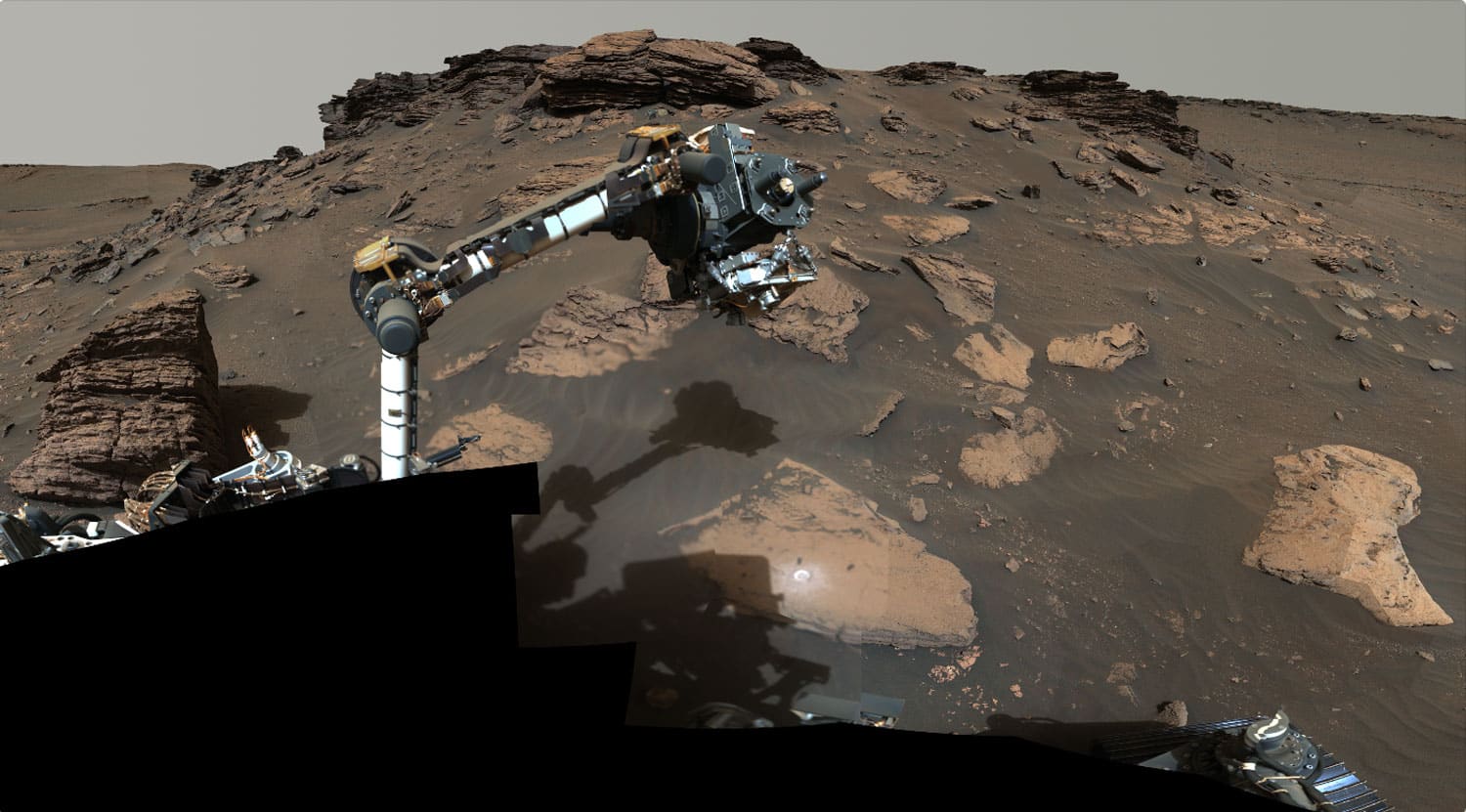
NASA’s Perseverance rover has recently collected four samples from an ancient river delta in the Red Planet’s Jezero Crater. This detection is made in an area where, in the distant past, sediment and salts were deposited into a lake under conditions in which life could potentially have existed.
Jezero Crater, which is Twenty-eight miles (45 kilometers) wide, is an ancient fan-shaped feature formed about 3.5 billion years ago at the convergence of a Martian river and a lake.
Thomas Zurbuchen, NASA‘s associate administrator for science in Washington, said, “We picked the Jezero Crater for Perseverance to explore because we thought it had the best chance of providing scientifically excellent samples – and now we know we sent the rover to the right location.”
“These first two science campaigns have yielded an amazing diversity of samples to bring back to Earth by the Mars Sample Return campaign.”
Perseverance project scientist Ken Farley of Caltech in Pasadena, California, said, “The delta, with its diverse sedimentary rocks, contrasts beautifully with the igneous rocks – formed from the crystallization of magma – discovered on the crater floor. This juxtaposition provides a rich understanding of the geologic history after the crater formed and a diverse sample suite. For example, we found a sandstone with grains and rock fragments created far from Jezero Crater and a mudstone with intriguing organic compounds.”
The rock has been named Wildcat Ridge, which formed billions of years ago as mud and fine sand settled in an evaporating saltwater lake. The Perseverance rover, on July 20th, abraded some of the surfaces of Wildcat Ridge so it could analyze the area with the instrument SHERLOC.
SHERLOC’s analysis indicates the samples feature a class of organic molecules that are spatially correlated with those of sulfate minerals. Sulfate minerals found in sedimentary rock layers can yield important information about the aqueous environments in which they formed.
Farley said, “In the distant past, the sand, mud, and salts that now make up the Wildcat Ridge sample were deposited under conditions where life could have thrived. The fact the organic matter was found in such a sedimentary rock – known for preserving fossils of ancient life here on Earth – is important. However, as capable as our instruments aboard Perseverance are, further conclusions regarding what is contained in the Wildcat Ridge sample will have to wait until it’s returned to Earth for in-depth study as part of the agency’s Mars Sample Return campaign.”
The geologic diversity of the samples already carried in the rover is so good that the rover team is looking into depositing select tubes near the base of the delta in about two months. After depositing the cache, the rover will continue its delta explorations.
https://news.google.com/__i/rss/rd/articles/CBMiZmh0dHBzOi8vd3d3LnRlY2hleHBsb3Jpc3QuY29tL25hc2EtcGVyc2V2ZXJhbmNlLXJvdmVyLWNvbGxlY3RlZC1mb3VyLXNhbXBsZXMtYW5jaWVudC1yaXZlci1tYXJzLzUzNzk4L9IBAA?oc=5
2022-09-19 06:56:39Z
1567812010
Tidak ada komentar:
Posting Komentar